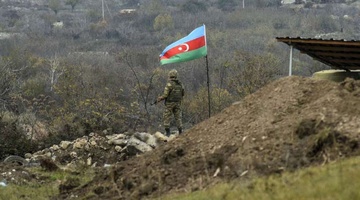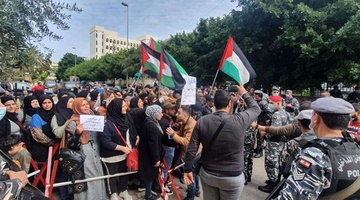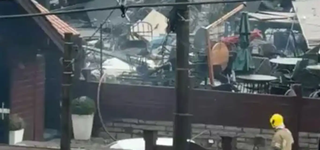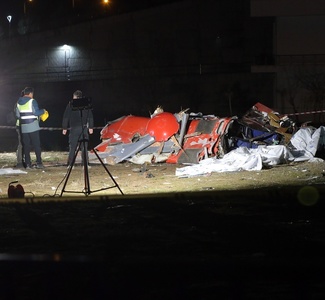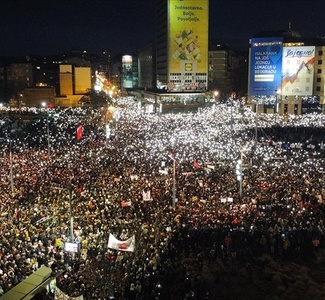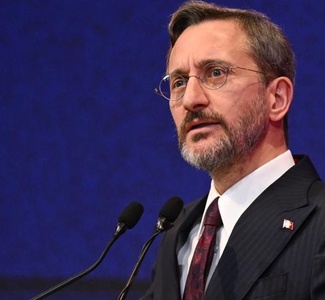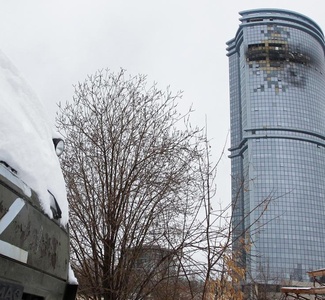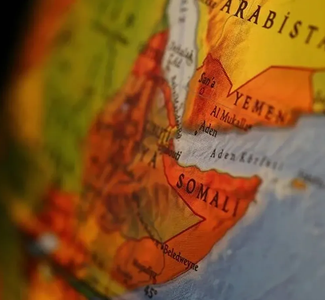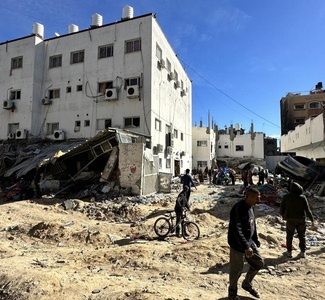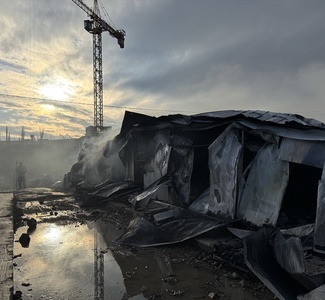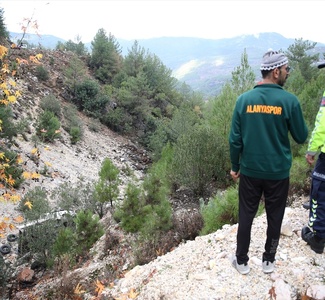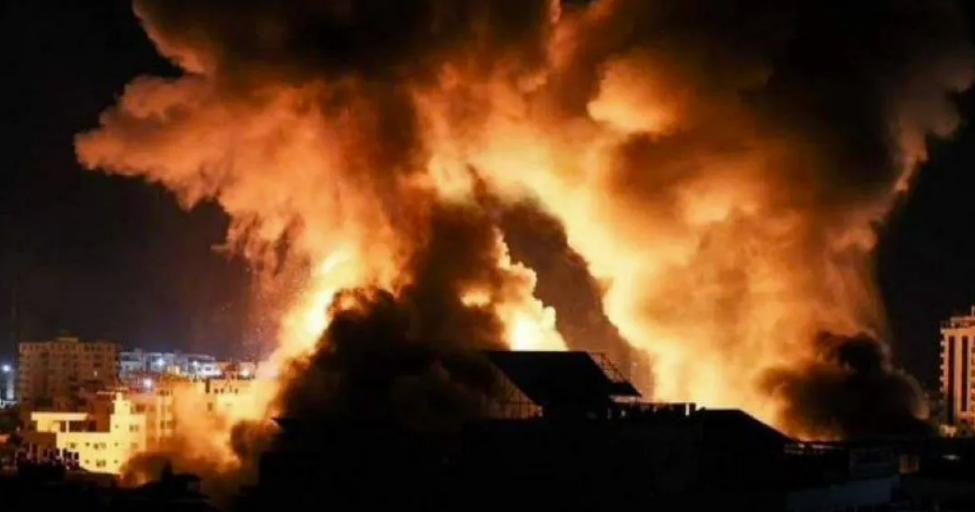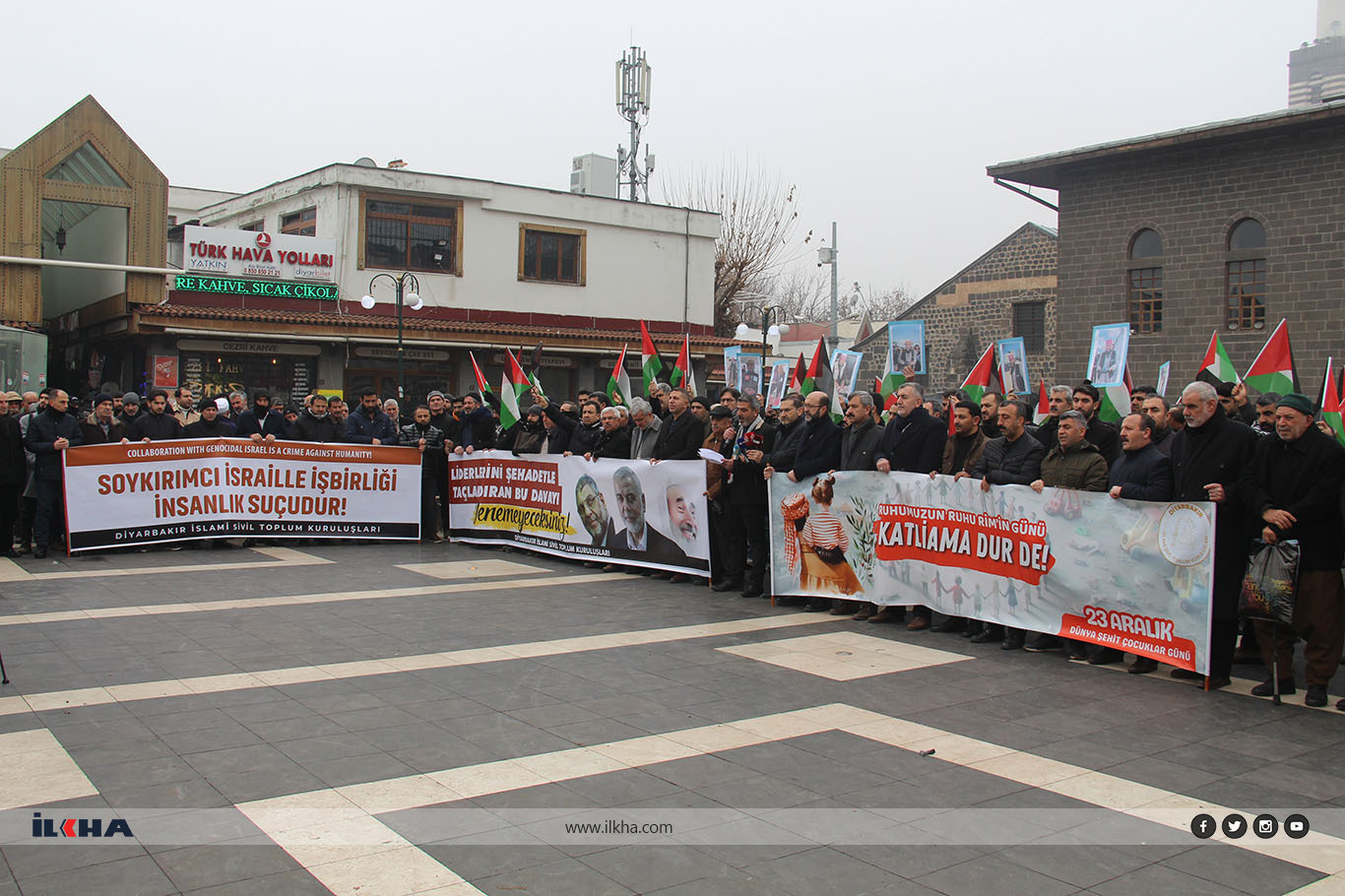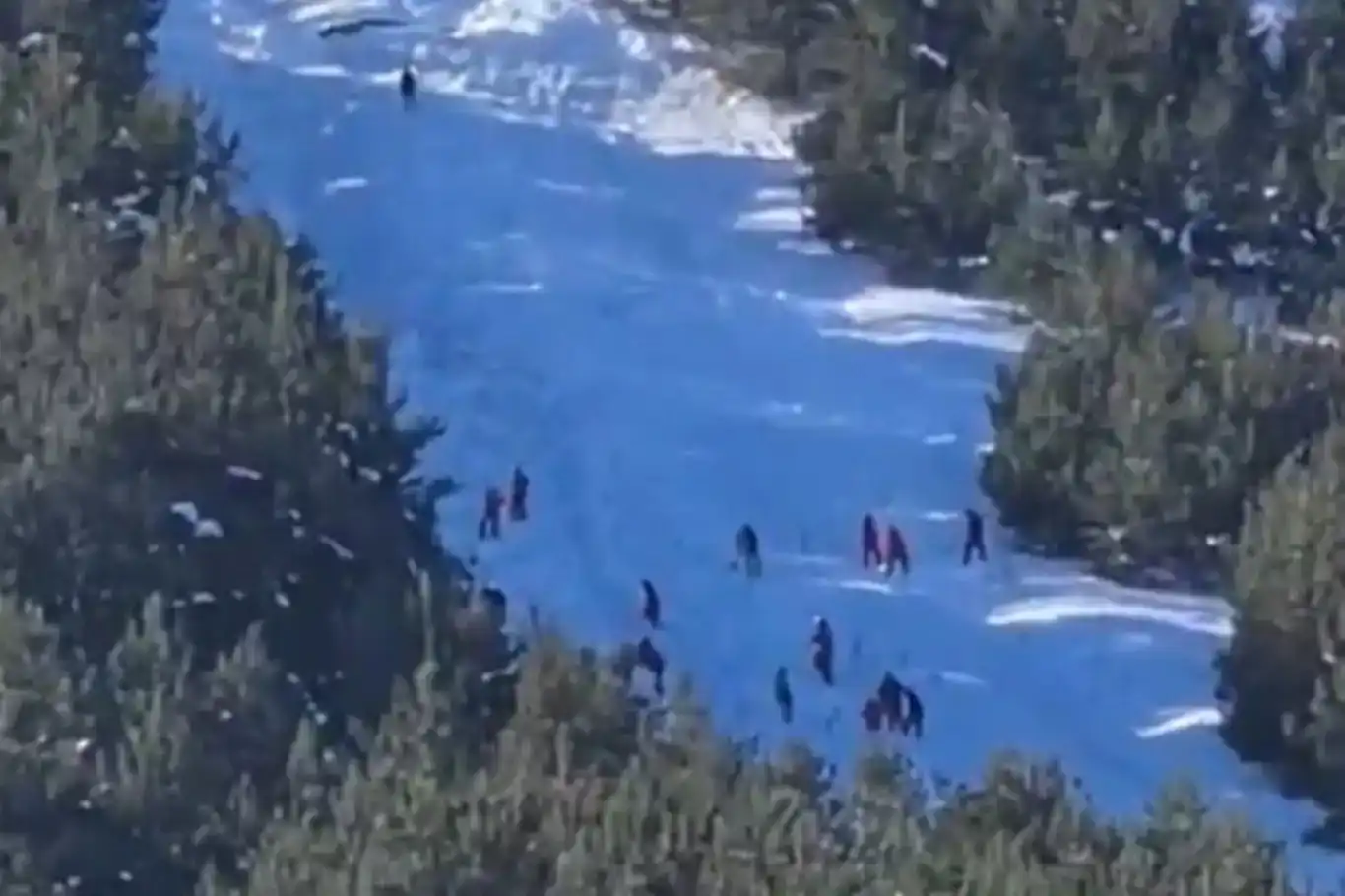South Sudan bracing for ‘worst hunger crisis ever’, UN warns
Over 70 percent of South Sudan’s population will struggle to survive peak of annual ‘lean season’ this year, as country grapples with unprecedented levels of food insecurity caused by conflict, climate shocks, COVID-19, and rising costs, UN warned.
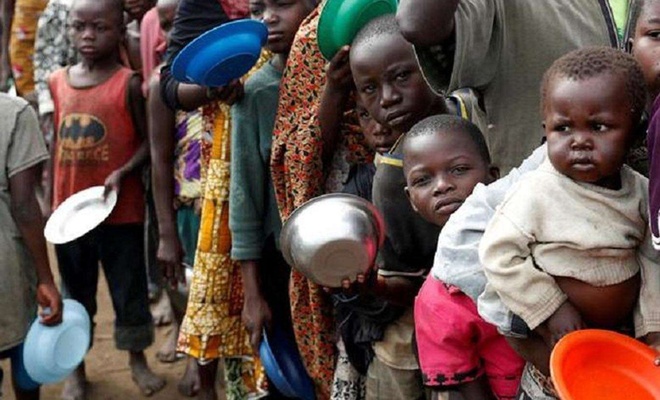
 Google News'te Doğruhaber'e abone olun.
Google News'te Doğruhaber'e abone olun. While global attention is focused on Ukraine, said the UN’s World Food Programme (WFP) in a press release, a “hidden hunger emergency” is engulfing South Sudan with about 8.3 million there – including refugees – facing extreme hunger in the coming months.
As the 2022 lean season peaks, food becomes scarce and provisions are depleted, according to the latest findings published in the 2022 Humanitarian Needs Overview.
Particularly at risk are tens of thousands of South Sudanese who are already severely hungry following successive and continuous shocks and could starve without food assistance.
‘Ring of fire’
South Sudan forms part of a ‘ring of fire’ encircling the globe where climate shocks, conflict, COVID-19, and rising costs are driving millions closer to starvation, said the UN emergency food relief agency.
The impact of the climate crisis and ongoing conflict have led to large scale displacement, livelihoods losses, the destruction of arable land and crops as well as rising food prices, threatening the survival of communities living in some of the most isolated areas in the South Sudanese states of Jonglei, Lakes, Unity and Warrap.
“The extent and depth of this crisis is unsettling. We’re seeing people across the country have exhausted all their available options to make ends meet and now they are left with nothing,” said Adeyinka Badejo, Deputy Country Director of the World Food Programme in South Sudan.
Turning the tide on hunger
While providing critical food and nutrition assistance to meet the immediate needs of populations at risk, WFP simultaneously implements resilience building activities, to help these communities cope with sudden shocks without losing all their productive assets.
“Given the magnitude of this crisis, our resources only allow us to reach only some of those most in need with the bare minimum to survive, which is not nearly enough to allow communities to get back on their feet”, added Badejo. “WFP is working tirelessly not only to cater for these immediate needs, but also to support communities to restore their own resilience and be better prepared to face new shocks”.
In 2021, WFP reached 5.9 million people with food and nutrition assistance, including more than 730,000 people in South Sudan who benefited from livelihoods activities.
In Greater Jonglei and Unity States, where unprecedented floods and localized conflict prevented people from reaching their cultivated fields, WFP supported people with cash assistance to buy food and other basic needs, provided communities with tools to protect and maintain critical assets, and trained young people in food-related programmes, including post-harvest management.
Projects in the field
To help communities prepare for the impact of floods, WFP built dikes in areas at risk such as Bor in Jonglei State, where constructing an 18km barrier enabled thousands of displaced families to return to their homes.
WFP also began restoring a key roadway submerged following the devastating floods that hit Bentiu in Unity State, where many people remain displaced.
In areas not affected by floodwaters, WFP worked with community members to clear and cultivate more than 40,000 acres of land to grow food, thereby enabling smallholder farmers to be more self-reliant year-round.
“Investing in resilience is an important step to help communities find their way out of poverty and hunger. While we stand on their side to address their most immediate challenges, we must also work closely with the Government and other development partners to seek longer-term solutions to some of the chronic problems that South Sudan faces – addressing entrenched inequity and isolation and restoring conditions for peace and stability,” said Badejo. (ILKHA)




























